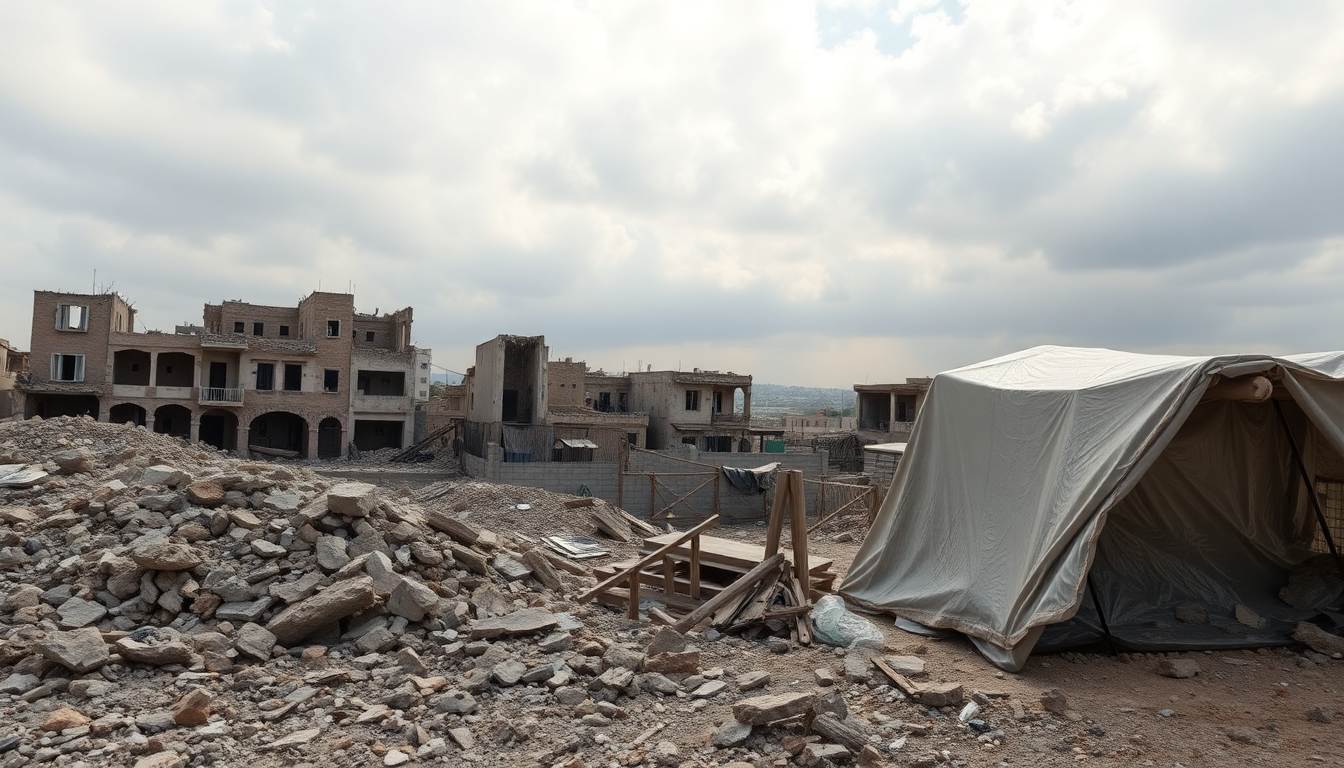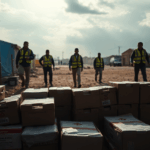Table of Contents
The ongoing conflict in Gaza has plunged the region into a profound humanitarian crisis, particularly in neighborhoods like Zeitoun, where the impact of violence is painfully evident. Recent reports highlight a troubling surge in bombardments, which are not only targeting military sites but also displacement shelters that were intended to provide a safe haven for civilians.
This raises pressing questions about the implications of such actions on human rights and international law. How can the world stand by as these events unfold?
The Current State of the Gaza Conflict
Since the onset of the latest military operations in northern Gaza, reports from the Zeitoun neighborhood have painted a grim picture.
Investigations show that these attacks frequently target displacement shelters, worsening an already desperate humanitarian situation. Thousands of people have been forced to flee their temporary homes, desperately seeking safety further south. Satellite imagery supports these claims, vividly illustrating the mass movement of individuals trying to escape the escalating violence.
What does this say about the state of safety for civilians caught in this conflict?
This situation reflects a broader pattern of military tactics that seem to ignore the crucial distinction between combatants and civilians. Actions like these have led human rights organizations and legal experts to warn that the circumstances could amount to genocide.
The international community, which has historically backed Israel’s military actions, is now voicing growing concerns over the humanitarian fallout of the ongoing conflict. Isn’t it time to rethink our approach?
The Humanitarian Impact and Displacement
In Zeitoun, around eleven displacement shelters are currently home to thousands of individuals, each shelter crammed with between 4,000 and 4,500 people.
This overcrowding is taking place in an area that has shrunk to just 3.2 square kilometers, a mere fraction of its pre-war size. The relentless bombardments have instilled a deep-seated fear among civilians, pushing many to abandon their makeshift homes in search of safety.
This cycle of displacement isn’t just a byproduct of war; it raises serious concerns about ethnic cleansing as the destruction of habitable infrastructure continues without pause.
Eyewitness accounts and on-the-ground reporting have recounted harrowing instances where residential buildings have been directly targeted, adding to the pervasive climate of fear. The use of heavy artillery and airstrikes has made many areas unlivable, complicating any potential recovery for the survivors. The recent missile strikes on homes, regardless of who is inside, suggest a chilling strategy aimed at undermining the survivors’ ability to return to their neighborhoods. How can we ignore the human cost of these actions?
Legal and Ethical Considerations
The systematic targeting of civilian infrastructure, including schools and shelters, raises serious legal and ethical concerns. According to international humanitarian law, these structures should be protected, yet the ongoing assaults indicate a shocking disregard for these safeguards. Reports of attacks on schools and temporary housing highlight a worrying pattern that could be classified as war crimes or crimes against humanity. What happens when the laws meant to protect the vulnerable are ignored?
Facing this crisis, the international community has a moral obligation to respond to these violations. While some countries have historically defended Israel’s right to self-defense, the scale of civilian suffering is prompting louder calls for accountability. As the humanitarian crisis deepens, it’s crucial for global leaders to reassess their positions and advocate for actions that prioritize the protection of civilians and adherence to international law. Will they rise to the occasion, or will we continue to see more suffering?





